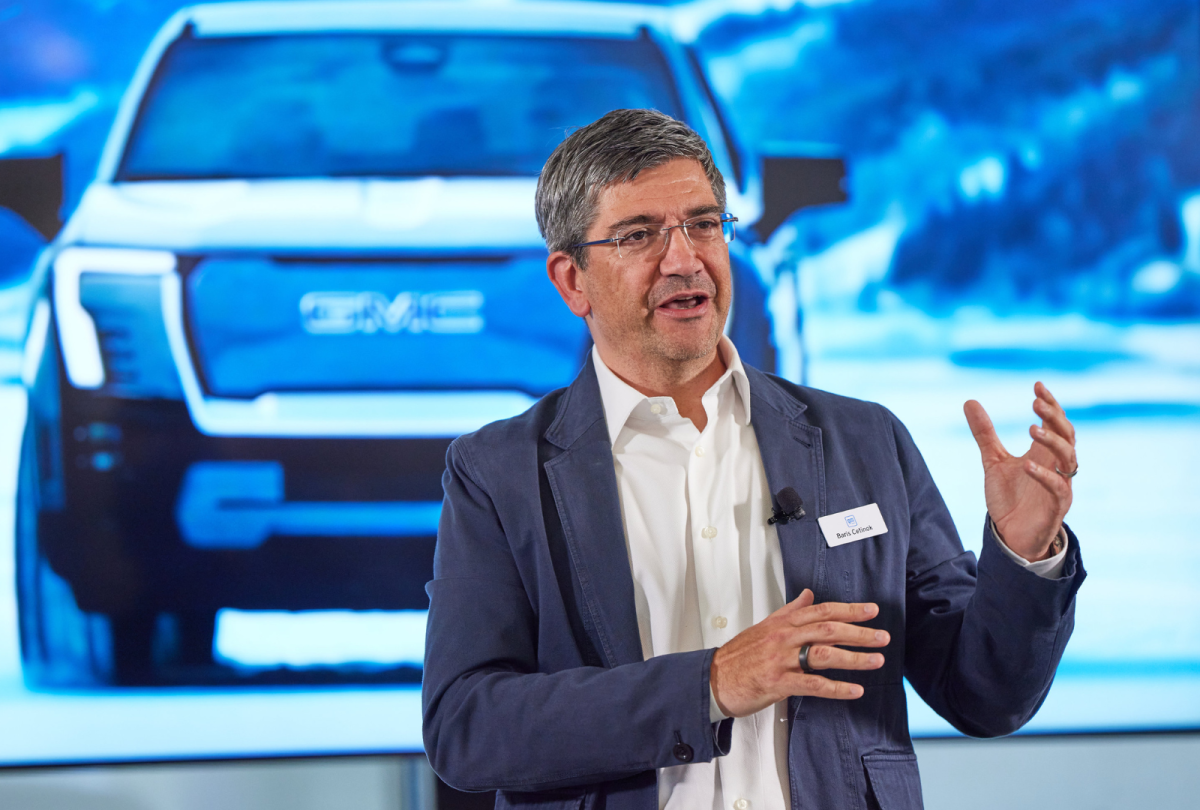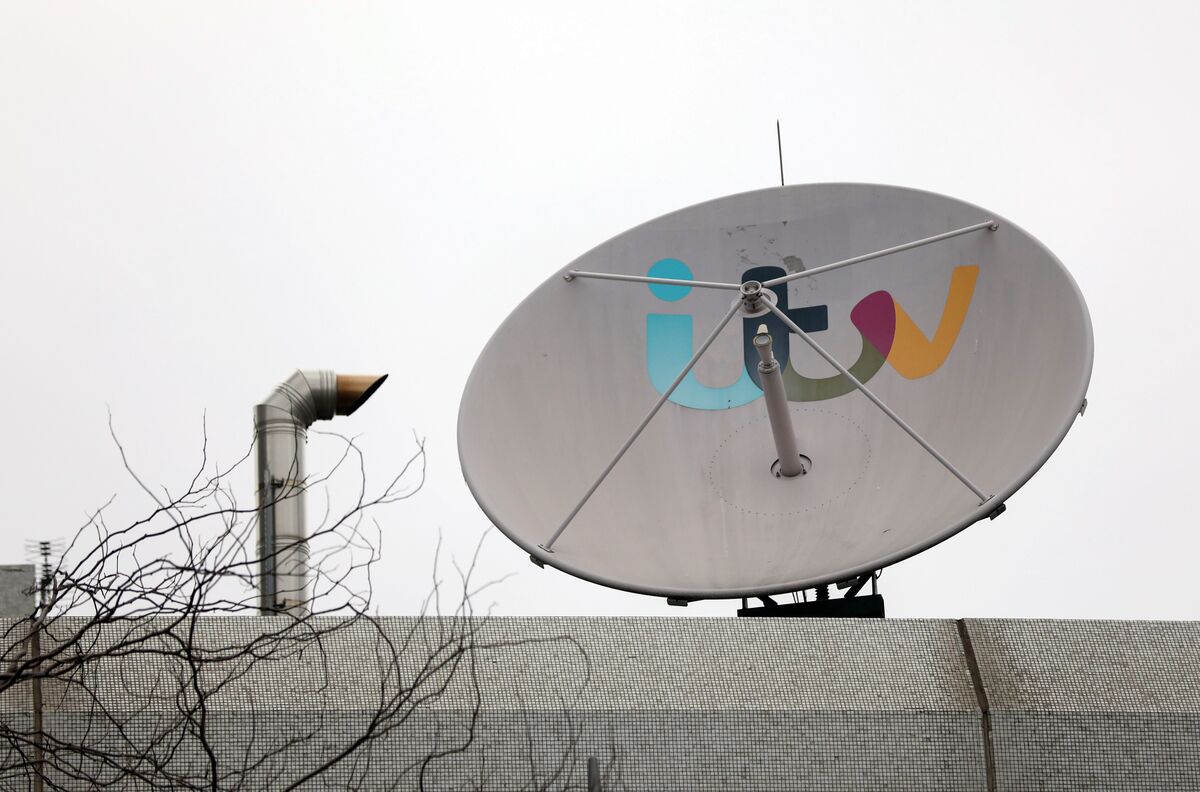Copyright Newsweek

As the world transitions to the software-defined vehicles, carmakers are leaning on the technologies of the past to be the stepping stones to tomorrow. General Motors launched OnStar as a subsidiary brand 29 years ago, allowing users to call 911 via a single button press, with subscription. In the three decades since its debut, the technological capabilities of communication devices and vehicles has evolved quickly. Now, cars are more connected to the people, places and infrastructure around them than ever before, and they’re using zippy 5G connections to relay information. “Our safety and security has been a cornerstone birthright, but we're not just that anymore,” Baris Cetinok, senior vice president of software and services product management at OnStar, told Newsweek. He likened the evolution of OnStar to that of the iPhone. “It's somewhat the same form factor, but a lot has changed in it,” Cetinok explained. OnStar brought connectivity to cars like the iPhone brought connectivity to people. “Its heritage started with an emergency button, a button you had to press on a very rare occasion that you had a mishap. It has already become more than that. When you look at OnStar today, this is how our devices, our cars, are getting connected to the cloud. This is how you are now getting your navigation. This is how you're streaming entertainment. This is how you are experiencing Level 3 autonomous driving with Super Cruise,” he said. Super Cruise is GM’s branded advanced driver-assistance system that allows for hands-free driving on compatible highways in North America. Cloud connectivity is informing how GM’s vehicles of the future will operate, delivering what Cetinok called, “more intelligent experiences.” He explained, “Today, a lot of our interactions in our cars are on demand. We ask for it, we either pick an app or press a button… But, as we go forward with enhanced capabilities of software-defined architecture, I think we're going to have a car experience that's going to be more proactive.” He continued: “We are going to be able to anticipate things- anticipate things about your vehicle, anticipate things about your habits, anticipate things about what could help you while driving all within your car… It's going to become a more proactive world, a more intelligent world, and that's going to be the big difference.” Tomorrow’s OnStar capabilities will be an extension of its current capabilities. “We protect and we also protect your vehicle. We have capabilities to protect you while you're driving the car, and we also do theft prevention, theft recovery and other things,” Cetinok said. GM looks to use technology similar to its artificial intelligence-driven safety features to deliver predictive maintenance information. Cetinok expects future technology to be able to cross-reference vehicle health matters (wear and tear) intelligently, connecting the dots between alerts common today such as oil pressure and tire pressure changes with recommended vehicle maintenance and weather conditions. And, the system would be able to proactively recommend service and schedule it for an owner using AI in combination with actionable notifications rather than just alerts. This is the type of connectivity and advanced technology GM’s customers are seeking, especially those customers that are new to the brand.“When we talk to our new customers, they see the totality of the value proposition of what OnStar is: It protects you, it connects you to the world, and it helps you get more out of your car,” Cetinok said.



